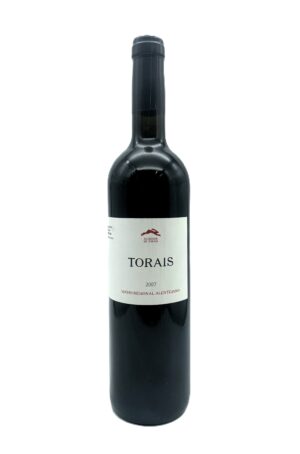| Herdade do Esporao |
Set within a typical Alentejo landscape, near the city of Reguengos de Monsaraz, Herdade do Esporão has been here in one form or another for over 750 years. In 1830 hectares of land, among valleys and fields carved out by streams, there are 617 hectares of vineyards and 80 of olive groves. The hills and small clusters of whitewashed houses preserve the memory of a life that began in prehistoric times.
The story begins in 1267, when the geographic boundaries of Herdade do Esporão (initially named Defesa do Esporão) were defined and have remained virtually unchanged to this day. Soeiro Rodrigues, judge of the city of Évora, was one of the first owners, followed by the master Santiago Rodrigues de Vasconcelos, the nobleman D. Álvaro Mendes de Vasconcelos and the Counts of Alcáçovas.
During this time, three historic monuments were built at the centre of Herdade do Esporão: the Esporão Tower, the Esporão Arch and the Nossa Senhora dos Remédios Chapel, this last monument connected to the intense devoutness shared among the region’s population. The Esporão Tower, a symbol of affirmation among that society and a display of military power, is one of the most important towers illustrating the transition from the medieval to modern age in Portugal.
In 1973, José Roquette, the current owner, and Joaquim Bandeira purchased Herdade do Esporão and together started the story that is still written today. The first harvest took place in 1985, resulting in the Esporão brand and the first wine, Esporão Reserva Red. Eight years later, they also began producing olive oil. José Roquette states that ‘it has been a great honour and responsibility for our family and company to look after Herdade do Esporão, a place with such a rich and ancient history. Aware of the impact our agricultural project has had on this land, we sought to preserve it and, year after year, discover and share its identity in our products, namely in each bottle of wine and olive oil we produce here.’
Since then, new vines have grown and old ones renewed, we have learned a great deal about the Estate, we have developed our knowledge, techniques and all of the work carried out in the field, until attaining organic farming. In the winery new techniques were applied and new infrastructures built to carry Esporão wines to new heights.
|
| Production |
After a dry and cold winter, a rainy spring followed, restoring the proper moisture levels in the soil to initiate the vegetative cycle. The fact that temperatures in the spring, and until mid-summer, were milder than in previous years, somewhat delayed the entire cycle, but enabled good plant development. At the beginning of August, a heat wave that lasted five consecutive days, with temperatures above 43 degrees and strong gusts of wind, caused severe damage to the varieties that are more sensitive to this type of weather, leading to production losses. However, most of our vineyards, where varieties better adapted to these conditions predominate, ripened slowly and regularly, ideal to preserve the freshness and aromatic intensity of the white wines
Destemming, must chilling, pressing, must decantation, temperature controlled fermentation in stainless steel tanks, centrifugation, stabilisation and filtration.
|






Reviews
There are no reviews yet.